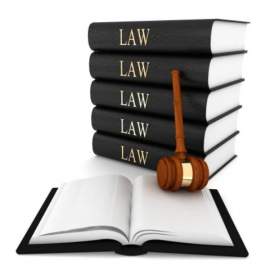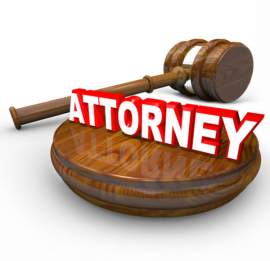
The Role of Court & Jury

Tort negligence property
Since negligence is a difficult tort law to prove due to its specifications, such matters are to be resolved in a court of law. The court helps lay out the evidence existing in a negligence case, for a clear determination of fault. The case is presented to a judge and jury, and eventually the jury reaches a verdict based on that evidence.
Their decision must either proof that the person in question was negligent in the injury or harm sustained by the victim, or that the victim or another entity was at fault. Negligence is a tedious concept of tort law that must meet certain requirements in order to be in effect, this is why the evidence is highly important in such cases.
The evidence in such cases is referred to as elements, presented by the accuser (plaintiff) in their favor. For example, if a store owner fails to place a 'wet floor' sign where a maintenance worker has recently mopped, and a customer slips and falls causing injury to their body, the owner is said to be negligent. Under tort law, he is negligent for not having posted a warning for the customer in an attempt to lower the risk of injury, and prevent them from walking into that area.
The elements provided could be photos of the area at the time, as well as witness accounts as to the absence of the sign and the incident itself. In this case a jury would review all the details of the incident, take into account any witness descriptions of the condition of the place as well as warning or precaution signs in the vicinity, or lack thereof.
If the evidence given proves that the owner failed to responsibly warn the customer of a floor that was indeed wet, caused by the store staff, then the owner is found negligent over the injury of that person. This owner could owe a large sum of money to the plaintiff for the damages endured, and such an action can place his business in jeopardy.
It would be difficult to determine negligence without dealing with such cases in a court. The tort law itself is so broad, that even a failure to disclose a minor detail could affect an entire case. This is why such cases are strictly decided by a jury in court and not in a business related "pow wow" among the victim, and the owner in question. It is evident that the evidence is the crucial part in such trials, and most certainly the deciding factor for plaintiffs and defendants alike.
NEXT: The Use of Proof in Negligence





















